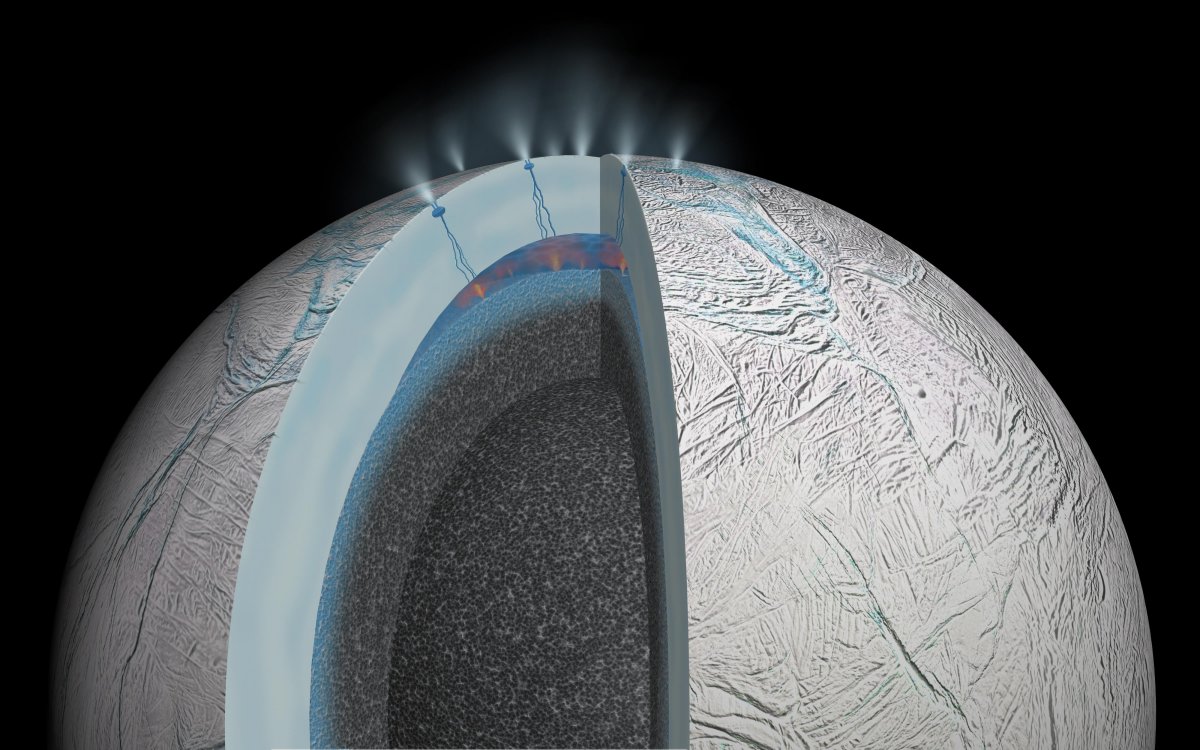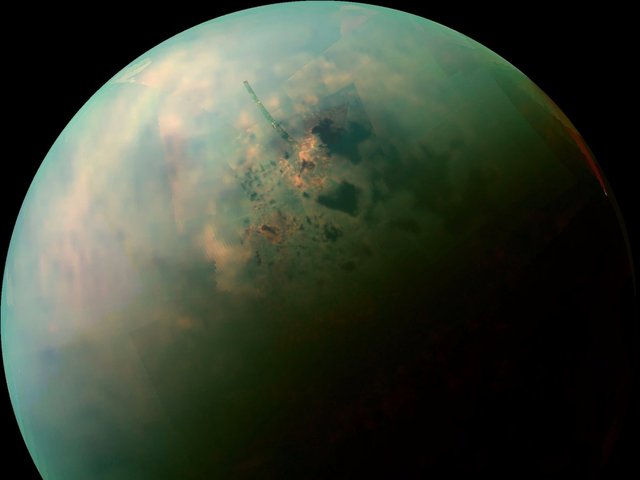The 10 most compelling scientific findings that suggest aliens are real
Every one of us is made up of atoms that were once part of an exploding star, including atomic carbon, nitrogen, and oxygen — some of the fundamental ingredients for life.

Over billions of years, these ingredients condense to form gas clouds, new stars, and planets, which means that the ingredients, and therefore the potential, for life beyond Earth are scattered across the universe.
What's more, a number of recent discoveries also strongly suggest that alien life exists, either in our own solar system or beyond.
The ultimate question is no longer "Is there life beyond Earth?" but rather "Will we ever find it?"
Here's what we know:
Earlier this year, a team of scientists estimated that about 4.5 billion years ago at least one-fifth of Mars was covered in an ocean more than 450 feet deep. Any signs of life that swam in these waters could therefore be hidden in the Martian soil.

But water isn't enough. You also need time. As it happens, a study last August discovered that water had existed on Mars for 200 million years longer than previously thought. What's more, there was life on Earth the same time as some of the last lakes on Mars.

Asteroids and comets are key to the formation of life on Earth, scientists think. In particular, comet impacts, according to a report last August, likely caused amino acids to combine and form the building blocks of life. From what we know about solar-system formation, there are other comets in other planetary systems that could be doing the same thing right now.

Jupiter's tiny moon Europa is scarred with brown veins that are suspected to show where warmer, dirtier liquid water in the moon's mantle seeped through its crust. Europa could harbor more water than Earth, which is why both America and Europe are investing hundreds of millions of dollars into designs for future missions that would search for life beneath its surface.

Beyond Europa is Saturn's moon Enceladus, which scientists confirmed this month houses a giant, global ocean beneath its icy outer shell. Like Europa, Enceladus' ocean is an ideal place where life beyond Earth could live.

Even more convincing evidence for life on Enceladus was included in two papers published earlier this year. They strongly suggest that hydrothermal vents — the same kind that may have spawned life on Earth — seem to be lining the moon's ocean floors.

In addition to those on Europa and Enceladus, vast subsurface oceans could exist on at least a dozen objects in our solar system, planetary scientists suspect. The problem with detecting life on any of these is reaching the watery mantle that exists hundreds of miles underground.

Besides Earth, Saturn's largest moon Titan is the only body in the solar system with lakes on its surface. These lakes would not spawn similar life to Earth because they are made of liquid methane, not water. However, earlier this year a group at Cornell showed how methane-based, oxygen-free living cells could exist on Titan.

It's possible that life can only form and thrive on Earth-like planets, which would mean our only chance of detecting aliens is on planets beyond our solar system. Last July, scientists detected an Earth-like planet 1,400 light-years away. Its size, orbit, sun, and age provide the "opportunity for life to arise somewhere on the surface ... should all the necessary ingredients and conditions for life on this planet [exist]," one scientist said.

The famous Drake equation allows us to estimate how many alien civilizations might exist in the Milky Way. It looks like this: N=R*(fp)(ne)(fl)(fi)(fc)L, with each variable defined below. With basic statistics, this equation suggests there are potentially thousands, even millions, of alien civilizations out there.
